The Shoulder joint is of enormous importance for the function of the arms: It enables the greatest freedom of movement of all arm joints and is therefore a basic requirement for targeted gripping, transporting objects, shaking hands and all those functions that distinguish us as humans. All the more annoying are the various pain and wear and tear syndromes known in today's medicine, which can restrict the movement of the shoulder too badly in some affected people.
What is the shoulder joint?

The Shoulder joint, also called the shoulder joint in the narrower sense, describes the flexible connection between the shoulder blade and the humerus.
In medicine, these bones are called scapula and humerus, so the joint is the articulatio humeri in the anatomically correct name.
In a broader sense, the shoulder girdle must also be counted, which, in addition to the articulatio humeri, also includes the joint between the shoulder blade and collarbone, sternum and collarbone, and the muscles around the shoulder blade and the upper arm. All of these are indispensable for the function of the shoulder as a whole.
Anatomy & structure
From an anatomical point of view, this is a problem Shoulder joint In other words, composed of two bones: the shoulder blade provides the joint socket, which is somewhat hollow inward and forms the counterpart to the joint body on the humerus, the humeral head.
This basically corresponds to the structure of many other ball joints in the human body, but has the special feature of the shoulder that the joint socket and joint body are not precisely pressed into one another, but rather slide loosely past one another. This enables a greater freedom of movement of the arm, which has been well suited to humans in the course of evolution in the development of the "tool function" of the upper extremity. At the same time, however, it also increases the risk of dislocations, i.e. dislocations that are not uncommon in the shoulder and are usually very painful.
The soft tissue girdle, i.e. ligaments and above all the muscular framework, is therefore all the more important in the shoulder joint. The so-called "rotator cuff" attaches directly to the shoulder joint, which together with the chest and back muscles (most importantly: M. pectoralis, M. latissimus dorsi) fix the upper ambuscap and neck in all directions with the shoulder blade and collarbone as well as with the ribs and spine " lashed ". Another important muscle of the shoulder joint is the deltoid muscle (deltoid muscle), which lies on the outside under the skin like a shoulder pad over the shoulder joint and thus not only protects it, but is also responsible for the main movements, especially the splaying of the arm.
Function & tasks
The Shoulder joint is a ball-and-socket joint with three main axes: to the side, the arm can be spread apart by almost 180 degrees and brought back up again (abduction and adduction), to the front and back are anteversion (up to almost 180 degrees) and retroversion (up to about 40 Degrees), the arm can also be rotated outwards and inwards around the axis of rotation (about 90 degrees each).
Regarding the degrees, however, it must be said that they only come about when the shoulder joint and the collarbone joints of the shoulder girdle interact. You can see this when you hold the shoulder blade and collarbone with pressure from above: the corner joint alone, with the shoulder blade firmly fixed, only creates a splay and anteversion of about 90 degrees each - after that the shoulder blade moves with it.
For most skilled trades, these degrees of mobility are essential. In particular, working overhead and carrying and passing on heavy loads is not possible without the free function of the shoulder joints.
You can find your medication here
➔ Medicines for joint painIllnesses & ailments
There are a handful of injuries and pain syndromes that can seriously spoil those affected by enjoying their own shoulder.
In young people, this is particularly often the fracture of the collarbone when falling on the outstretched arm, which severely restricts the overall function of the shoulder girdle (but strictly speaking does not affect the ankle joint itself). The dislocation, i.e. the dislocation of the shoulder, usually forwards, is very painful - some people have a soft tissue belt that is too slack, so that the shoulder is dislocated again and again with slight movements and the soft tissue belt is consequently still slacker.
A typical accident for a (first) dislocation is the sticking of the ski pole during downhill skiing, as a result of which the arm is torn upwards over the loop.
In older age groups, wear and tear of the shoulder joint is more in the foreground: there is osteoarthritis of the shoulder joint, which is medically called "omarthrosis", and other syndromes with a stiffened shoulder ("frozen shoulder"), for example irritation of the tendon attachments or that in middle age Quite common "impingement syndrome", in which the tendon of a muscle of the rotator cuff is narrowed in the bone structures of the shoulder blade and rubs along it with every movement (especially when it is spread between 90 and 120 degrees, the so-called "painful arch").
A bursitis over the shoulder joint can be very painful and protracted.

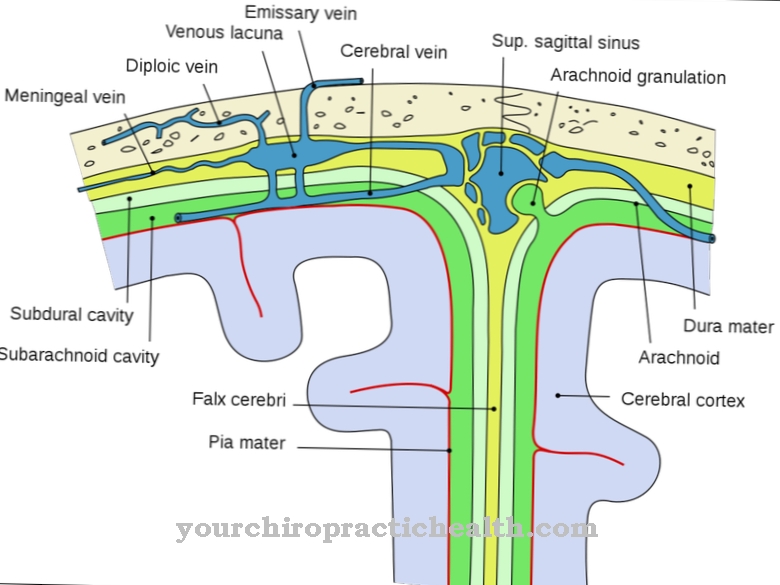
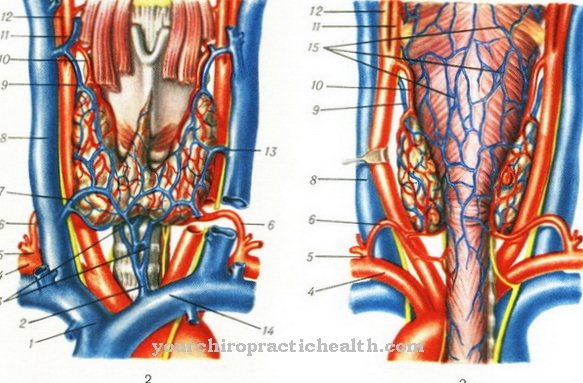
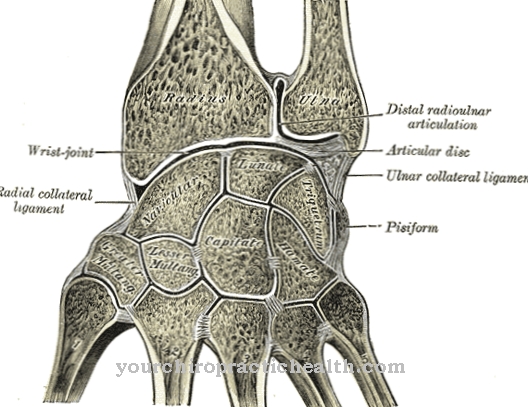
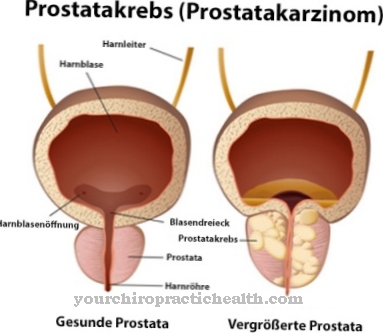
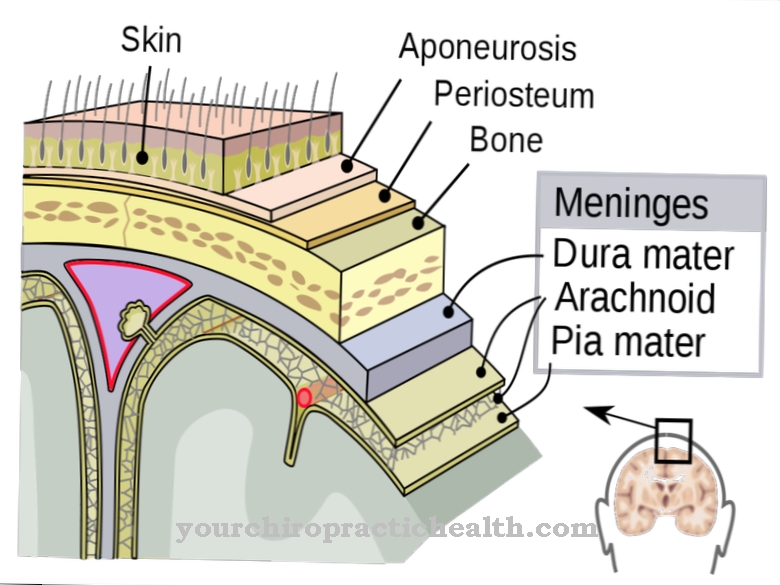
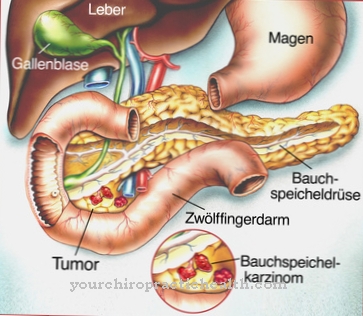









.jpg)
.jpg)



.jpg)






